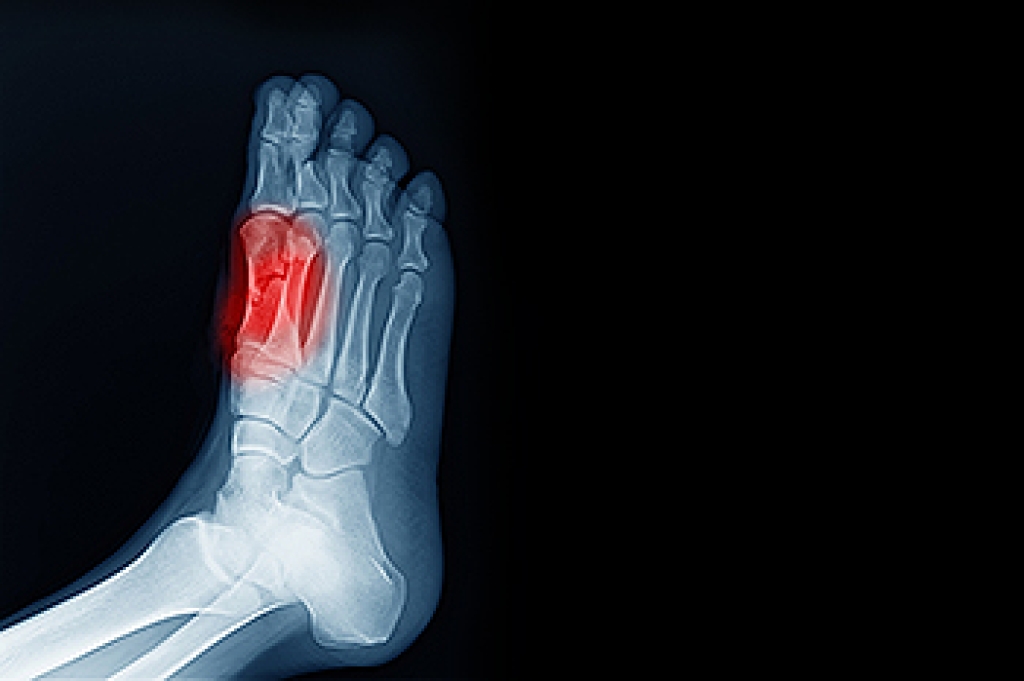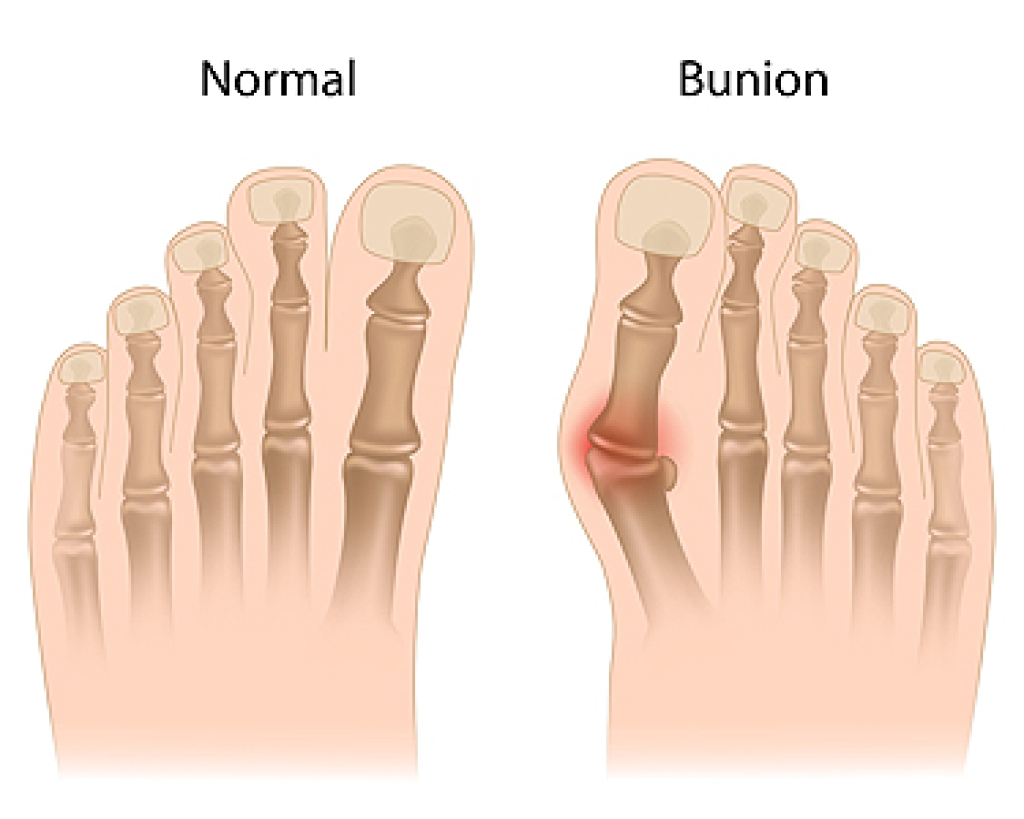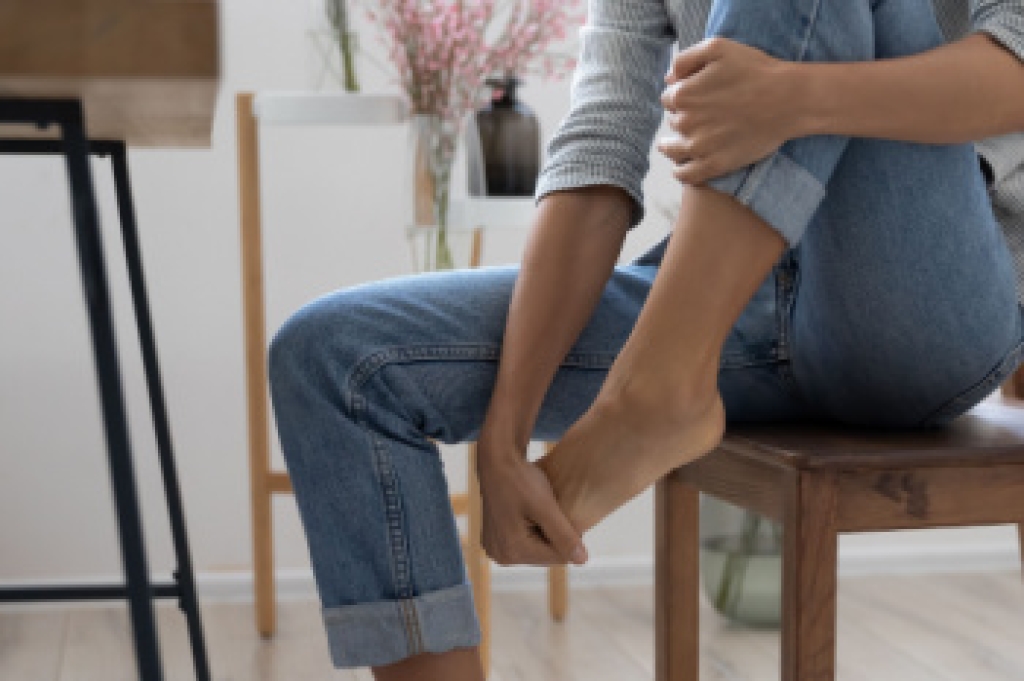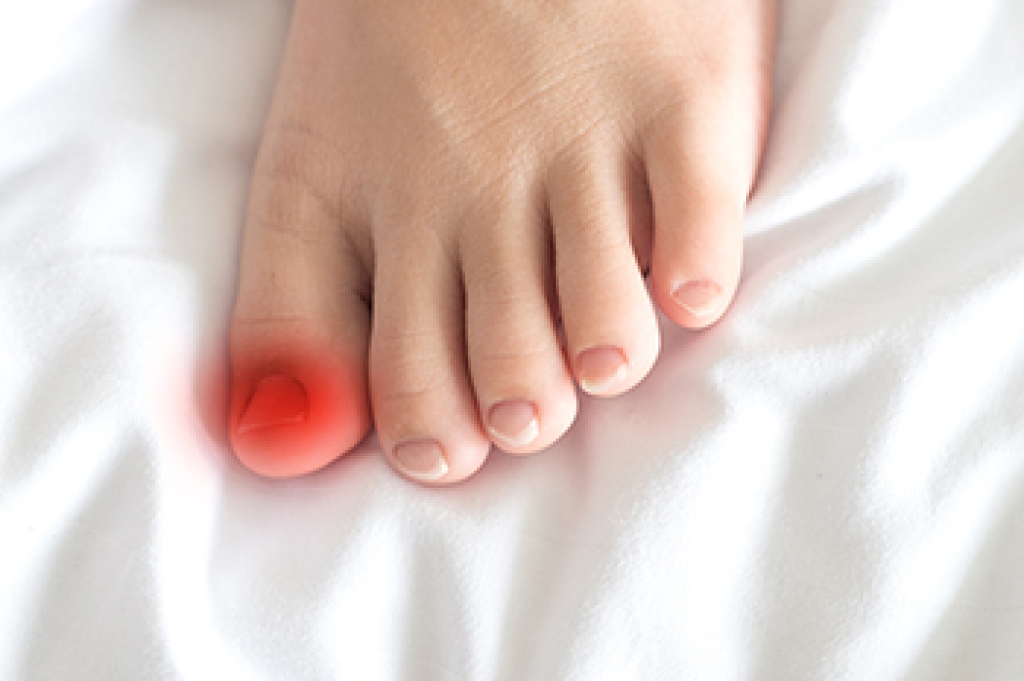
Sesamoiditis is the inflammation of the small sesamoid bones located beneath the big toe joint that help bear weight and support movement. This condition often develops in athletes, dancers, or anyone placing repeated stress on the ball of the foot. Risk factors include high-impact activities, wearing improper footwear, and foot structure abnormalities. Pain is typically felt under the big toe, especially when walking, running, or bending the toe. Symptoms may include swelling, tenderness, and difficulty pushing off the foot. A podiatrist can provide customized treatment such as rest strategies, orthotics, and targeted exercises. If you have pain in this part of your foot, it is suggested you schedule an appointment with a podiatrist who can accurately diagnose and treat what may be going on.
Sesamoiditis is an unpleasant foot condition characterized by pain in the balls of the feet. If you think you’re struggling with sesamoiditis, contact Yacara Tabb, DPM of Optimum Foot Care. Our doctor will treat your condition thoroughly and effectively.
Sesamoiditis
Sesamoiditis is a condition of the foot that affects the ball of the foot. It is more common in younger people than it is in older people. It can also occur with people who have begun a new exercise program, since their bodies are adjusting to the new physical regimen. Pain may also be caused by the inflammation of tendons surrounding the bones. It is important to seek treatment in its early stages because if you ignore the pain, this condition can lead to more serious problems such as severe irritation and bone fractures.
Causes of Sesamoiditis
- Sudden increase in activity
- Increase in physically strenuous movement without a proper warm up or build up
- Foot structure: those who have smaller, bonier feet or those with a high arch may be more susceptible
Treatment for sesamoiditis is non-invasive and simple. Doctors may recommend a strict rest period where the patient forgoes most physical activity. This will help give the patient time to heal their feet through limited activity. For serious cases, it is best to speak with your doctor to determine a treatment option that will help your specific needs.
If you have any questions, please feel free to contact our office located in Slidell, LA . We offer the newest diagnostic and treatment technologies for all your foot care needs.





